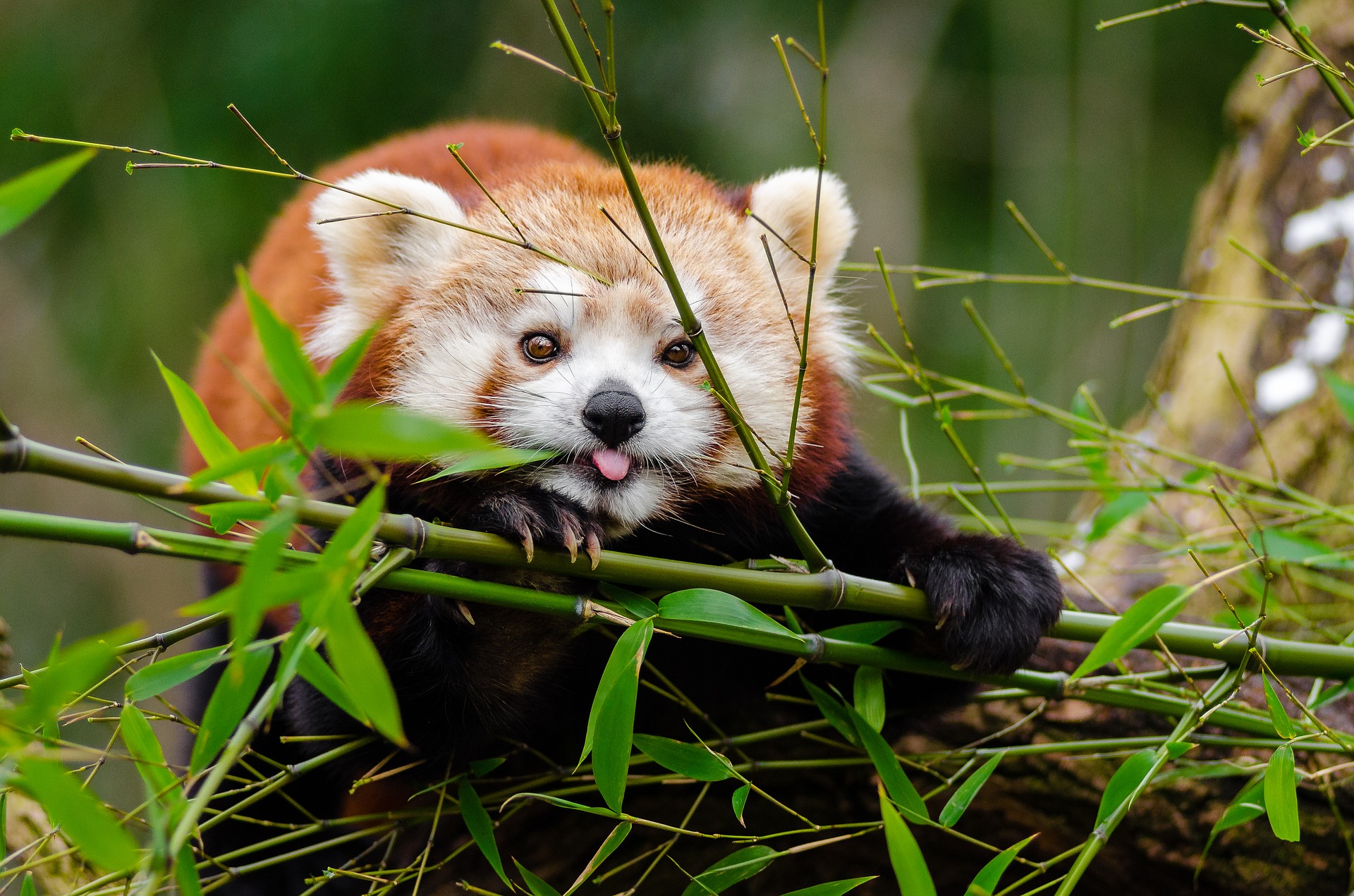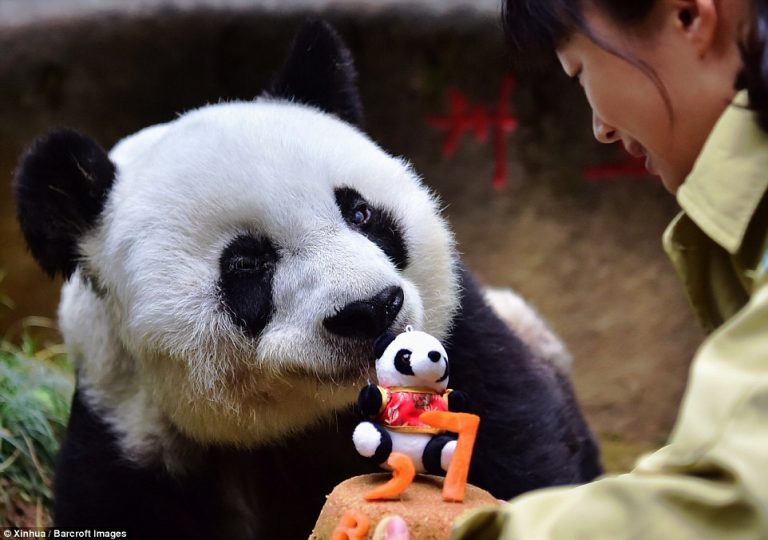Here Are 7 Reasons Why Red Pandas Matter
Although they may not be as popular as Giant Pandas, Red Pandas matter too.

As an animal lover, you probably already know so much about the unique black-and-white bear that has captured the hearts of many worldwide; the Giant Panda. But what about an equally adorable and closely named species, the Red Panda (Ailurus Fulgens)?
Red pandas are a species native to parts of the eastern Himalayas in Nepal, India, Bhutan, and Myanmar. Another subspecies is called the Ailurus Fulgens Refulgens and lives in western China.
Other names for this intriguing creature include the firefox, the red cat bear, the first panda, and the lesser panda.
Unfortunately, though the better-known giant panda gets a lot of media attention and is the focus of intense conservation efforts, the red panda is not so lucky. In fact, this charming animal is currently under threat.
In order not to sit by and watch another species melt into oblivion, we have outlined below a few reasons why red pandas matter.
7 Reasons Why Red Pandas Matter
1) The “Original” Panda
Actually, the red panda is the original (or first) panda and was discovered up to 50 years before the West ever knew the giant panda existed. Even the word panda is a unique one created for just this animal.
You could almost say the large panda bear came along and stole the shine from this smaller species.
2) Exact Populations Are Unknown
The total population of these creatures in the wild is put at somewhere around 10,000. But no one is certain of that figure.
However, the conservation status of red pandas is not favorable. The IUCN lists it as an Endangered species; likely to go extinct in the near future.
3) Very Unique Species
There is no other animal like the red panda on earth. None even comes close.
Red pandas are so unique that taxonomists struggled for years to classify it.
Is it a bear, a raccoon, or what on Earth is it?
Eventually, they created a new mammal family for this species alone. Hence, it’s the only one of its kind and the only member of that family, the Ailuridae.
4) An Umbrella Species
The red panda is an ambassador in its habitat.
Efforts to preserve it and improve its surroundings and well-being has a positive, indirect effect on other creatures inhabiting the same environment.
Conservationists use its welfare as an indicator of the overall success of ecosystems in the Eastern Himalayan Broadleaf Forest. This forest is a biodiversity hotspot as marked by Conservation International and WWF.
Other animals that reap from conservation efforts for red pandas include hundreds of birds species, leopards, yellow-throated martens, etc. Many of these animals are unique to red panda habitat in the eastern Himalayas.
Let’s also not forget the locals and their livelihood that benefit from conservation efforts for all these creatures too.
Red pandas remain an at-risk species with no clear information on population trends.
5) Red Pandas Are Often Overlooked
Because the giant panda is such an iconic and loved species, there is worldwide effort to rescue it and that is already yielding results.
Giant panda numbers are now slowly but steadily increasing. As a result, just a few years back, the IUCN moved the panda bear from endangered to vulnerable to reflect these improvements.
Unfortunately, that’s not yet the case for the red pandas. They need help too and quickly.
6) A Species Under Pressure
Wild red pandas are an at-risk species for a number of reasons.
In particular, humans are encroaching on their homes through:
- Deforestation
- Habitat fragmentation
- Loss of nesting trees through timber cutting
- Overgrazing
- Road development
- Poaching and illegal hunting mainly for their beautiful fur.
7) Red Pandas Matter!
They are important to their ecosystems. Their activities contribute to healthier forests and cleaner air. These beautiful creatures have just as much right to live on this planet undisturbed as we humans do.
You can read even more information about red pandas by clicking here.






